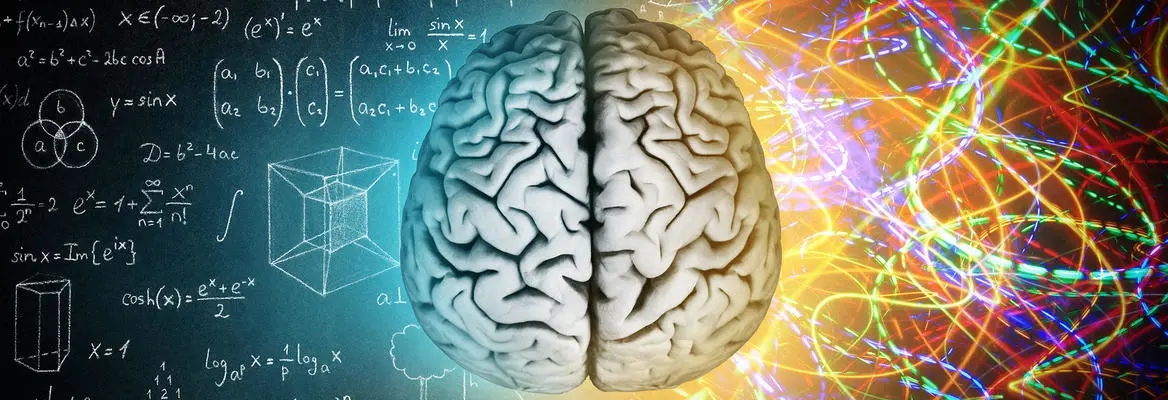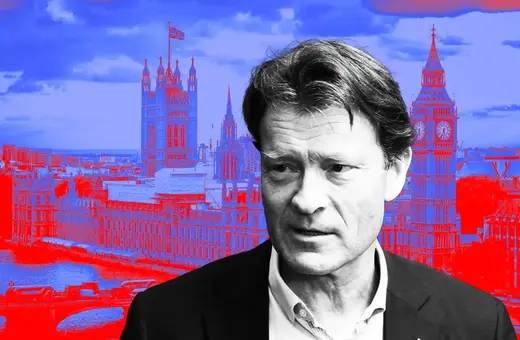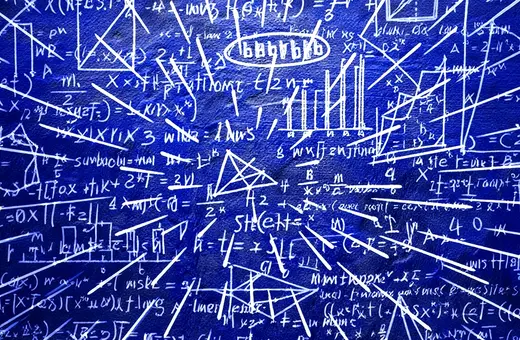Effective policymakers must have an understanding of both the humanities and the sciences. Dominic Cummings, trained in the humanities but zealously enthusiastic about the sciences, seems to be trying to bridge this divide. This union must be seen as a positive, but we must not lose sight of the fact that data is nothing without an understanding of the context in which is was gathered.
In 1959, C.P. Snow delivered a well-publicized lecture at Cambridge on what he had already dubbed ‘The Two Cultures’. It focused minds on a problem that had existed in academia for a century and which after the Second World War had migrated to the political sphere. ‘The two cultures’ in question refer to the arts and the sciences, two forms of knowledge that operate in radically different ways. Whereas the arts – understood as the humanities – are verbal and historical in orientation, the sciences – understood as physics – are mathematical and experimental.
Snow, who was himself trained as a physicist but was known mainly as a novelist and policy advisor, had a foot in both camps. Indeed, he often functioned as a kind of translator between them. However, Snow believed that effective policymaking required closer integration of the mind-sets that inform the arts and the sciences. Is Prime Minister Boris Johnson’s chief advisor, the Oxford-trained historian and arch science enthusiast Dominic Cummings, the solution to Snow’s original problem?
Snow realized that the two cultures problem would not be solved easily. The main barrier was the increasingly divergent educational paths of humanists and scientists.
Before turning to Cummings, it is worth noting that Snow realized that the two cultures problem would not be solved easily. The main barrier was the increasingly divergent educational paths of humanists and scientists. In the mid-nineteenth century, most scientists still began their university studies in history and philosophy, and only later specialised. Even as the century drew to a close, Charles Darwin was regarded as a ‘natural historian’ and James Clerk Maxwell as a ‘natural philosopher’. The use of ‘biologist’ and ‘physicist’ to name specialist scientists was still novel. However, for various reasons, the drive to specialisation accelerated in the early twentieth century – in both the arts and the sciences. Its overall effect was to persuade the public that education should be strategically focussed rather than broadly informed. This tended to favour the sciences over the arts, especially as the time taken to convert a technical result into a useful technology shortened. People – not least policymakers -- could see that ‘science works’.
Unfortunately, the people drawn into both politics and the civil service remained intellectually rooted in the humanities. The same is true today, of course, but the situation has changed. In Snow’s day, the humanists who migrated into policymaking were in equal measure impressed and suspicious of scientists. The main problem was that they understood very little of what the scientists were talking about and what little they understood sounded scary. After all, the same nuclear physics that would teach the world the secret to cheap and clean energy had also taught the world the most efficient means of destroying itself. The same chemistry that gave us artificial fertilizers also gave us poison gas, the same biology that is giving us advances in gene editing first backed eugenics -- and the list goes on. Snow’s original point in all this was that as long as the humanists in policymaking circles regarded themselves as completely outside the scientific world-view, full acceptance of science in the wider society would remain at an impasse.


















Join the conversation